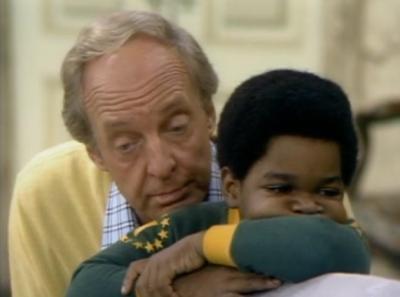Connections: Bon Appetit
Connections: Bon Appetit
The plethora of free summer publications had not become stratospheric when the editorial we at The East Hampton Star decided something was missing — a guide to the restaurant scene.
The year was 2004, which makes our guide, À La Carte, almost 25 years old. Sheridan Sansegundo, our restaurant reviewer, was the guide’s guiding light (ahem) for many years. But when she took off for San Miguel de Allende in Mexico, the responsibility of seeing it to publication fell to me.
Putting À La Carte together, even with the meticulous help of The Star’s versatile Jane Bimson in recent years, is quite a chore, and working on it makes you hungry. Coq au vin used to be the prevalent French entree on the best restaurant menus here. Who would’a thought that by the time we got to the 21st century a restaurant on the South Fork would offer such refined French dishes as “fricassée de homard du Maine, flambée au Cognac with pommes frites?” (Et cetera.)
The owners of stand-alone restaurants here are brave souls; it’s an incalculable risk to operate year round given the seasonal population and seasonal nature of almost all business. Instead, corporate restaurants, branches of big chains, have moved in, and summer residents and visitors are more likely than ever to look for clones of places they know and like in the city.
At least that is how it seems. Il Mulino, for example, which has eateries in SoHo and uptown Manhattan, as well as in Westchester, Roslyn, Las Vegas, and Puerto Rico, has taken over the big white elephant on the edge of Georgica Pond at Wainscott Stone Road, where restaurants have come and gone with regularity. I wish it luck, but doubt that it can count on success.
One of the reasons there is so much interest here in restaurants is that the South Fork is largely a resort and dining out is what you do on vacation. I am not quite sure, however, why East Hampton has for about half a century been a magnet for nationally known food writers. Perhaps it began with our extraordinarily rich farming and fishing resources. Or maybe one professional just follows another.
The prolific writer A.J. Liebling, whose topics varied from journalism to boxing and a lot in between, was a part-time resident of Springs, and he concentrated on food in “Between Meals: An Appetite for Paris.” (I remember the time he carried a smoked pig’s haunch out on the Long Island Rail Road, but that is, as they say, another story.)
The late Craig Claiborne, the New York Times food writer and cookbook author, lived and entertained in Springs, often working with the renowned chef Pierre Franey, who made Springs his home, while today Florence Fabricant holds a place of honor on The Times’s food pages. Did you know she got her start at The Star?
But back to À La Carte. The 2018 edition will be inserted in The Star on June 14 and then distributed widely in shops and gathering places. Pick up a copy and tell us what you think.

